The spatial shape of the laser beam delivered to the workpiece directly affects the spatial profile of the material removed by each individual pulse. Both the laser beam profile and the performance of the beam delivery optics are of critical importance for laser micromachining applications. It is necessary for the laser output beam profile to be a single spatial mode, i.e., TEM00, with a near-Gaussian profile in both axes, a circular shape, and a low astigmatism to realize a tight, round focal spot at the sample. Details regarding the parameters used to quantify the shape and quality of a laser's spatial beam profile are given in Laser Beam Spatial Profiles. For the beam delivery, optics are used to transport the beam to the target position at the sample with the desired beam shape and focus. However, each optical element between the laser and the target workpiece will incrementally distort the beam quality. Therefore, both the number and quality of each optical element should be optimized. For example, optics with poor surface quality would distort the beam shape, and optical elements with an insufficient clear aperture would crop the beam and introduce undesirable diffractive effects. Distortions of the beam shape can result in undesirable machining quality and unintended feature geometries.
As industry demands continue to grow, companies are exploring various strategies to enhance performance by adjusting laser parameters. Accurate measurement of laser power plays a crucial role in the development of novel processes and later during production to assure highest quality and minimize waste. When working with lasers capable of penetrating hard materials like glass and ceramics, this task becomes particularly challenging. Newport addresses this challenge by designing specialized sensors optimized for different laser conditions, including low repetition rates, high pulse energy, high repetition rates, ultra-short pulses, and high-power density. These sensors enable precise monitoring and control, ensuring efficient and reliable laser performance.
Recommended Process Control Sensors:
- 919P-050-18HP
Thermopile Sensor, High Peak Power, 50 W, 17.5 mm, 0.24-2.2 µm
- 919P-030-17HD
Thermopile Sensor, High Damage Threshold, 30 W, 17 mm, 0.19-11 µm
- 919P-080-17HR
Thermopile Sensor, High Damage Threshold, 80 W, 17 mm, 0.248-9.4 µm
- 919P-150-16HR
Thermopile Sensor, High Damage Threshold, 150 W, 16 mm, 0.248-9.4 µm
Beam delivery optics can significantly affect other characteristics of the delivered laser beam as well. In particular, each optical element will incrementally introduce optical loss (reducing power at the sample) and dispersion (modifying the delivered pulse width). For ultrafast fs pulses, minimizing undesired dispersion is critical to prevent pulse broadening.
Optics specifically designed for handling ultrafast pulses by introducing minimal dispersion, such as Newport ultrafast mirrors and optics, should be used to ensure proper beam delivery of fs pulses. A key consideration is how to maintain stability of the laser beam at the sample over a range of timescales and environmental conditions since instability can introduce errors and yield loss in the laser micromachining process. Vibration control systems including passive isolation optical tables are necessary to minimize instability of the beam delivery optical system over short timescales (see Optical Table System Design for details). For longer timescales up to many hours, thermal changes due to fluctuations in the environment or changes in the process can cause drift in the laser beam delivery to the workpiece. Due to the number of optical elements in a typical beam delivery system, optical mounts can particularly impact the thermal stability. MKS has developed opto-mechanical components such as the Newport Suprema ZeroDrift thermally compensated mirror mounts, to minimize temperature-induced alignment drift. For long-term stability of the system, reliability of the beam delivery system is required. Minimizing residual stress in the optics and optical mounts as well as minimizing potential sources of contamination that degrade optical performance (photo-contamination) are key factors in maintaining long-term stability. Photo-contamination can limit long-term reliability in the UV, and utilizing optics optimized for handling UV wavelengths, along with clean components such as MKS Newport's vacuum-compatible optomechanics, can deliver favorable results. Active beam pointing and position control, as provided by Newport Picomotor piezo mirror mounts, can also be used to compensate for thermal and long-term drift. As for the stability of the laser source itself, MKS Spectra-Physics lasers are developed and manufactured to address all the above considerations by providing exceptional stability and reliability, including small pulse-to-pulse fluctuations, low thermal dependence, environmental robustness, and long-term reliability.
To monitor the laser power and beam quality delivered to the sample and ultimately to the location of the laser micromachining process, laser power meters and beam profilers are often used as diagnostic tools either off-line or in-line. MKS Ophir beam measurement and analysis tools are the market leading solution for such diagnostics. Detailed descriptions of the operation of power and energy meters and the wide variety of products provided by MKS Ophir are given in Radiometric Measurement. Furthermore, Laser Beam Spatial Profiles discusses the key attributes of beam profiling tools as well as specific systems offered by MKS Ophir.
In order to laser micromachine shapes and features on a workpiece, precision motion of either the laser beam and/or the sample are required. Galvanometers or galvo scanners, in combination with a large area focusing lens, called an f-theta lens, are commonly used to move the laser beam in a programmed pattern. Due to the very light weight of the galvo mirrors, these devices can precisely scan the beam relative to the workpiece at rapid speeds (several m/s) in arbitrary shapes, including around tight corners. However, galvo scanners are limited in their field-of-view (FOV, the area over which the beam can be scanned) to a few hundred mm. In addition, the focal spot size is limited to tens of .m. Furthermore, since the FOV and focal spot size limitations are inversely correlated, a tighter focal spot size results in a smaller FOV. Movement of the workpiece itself using precision motion stages can help circumvent some of these issues. This approach allows one to use a fixed focusing objective to achieve tight focal spot sizes down to several µm without making sacrifices in the area to be fabricated. However, due to the inertia associated with the larger mass of the stage, this approach has some limitations on acceleration both for linear travel and around corners. MKS Newport motion solutions provide optimized performance for precision micromachining. A high-performance example is the Newport DynamYX air-bearing stage, that can achieve tens of nanometers precision with up to 5G's of acceleration and can reach speeds over 2 m/s. A third approach to expand laser machining capabilities is to combine galvo scanners with motion stages using a step-and-scan approach. In this manner, motion stages provide the step-wise motion necessary to stitch together separate galvo FOVs to create a larger effective FOV than what can be achieved by the galvo itself.
Finally, cost is a key criterion for micromachining. The cost differential between laser processing and mechanical processing for each manufactured part may ultimately be the most important figure. This metric includes amortization of the upfront laser and system cost, cost of operation, lost productivity from downtime, and process yield. Thus, in addition to the upfront cost, laser system reliability is of critical importance, as are serviceability and cost of service. Process yield losses also directly contribute to the operating cost associated with the system. These costs can be minimized if the system has high process stability over time and if the system provides consistent reliable performance.
 Over 8,000 products in-stock! & FREE 2-Day shipping on all web orders!* Learn More FREE T-Shirt with orders $250+ Details
Over 8,000 products in-stock! & FREE 2-Day shipping on all web orders!* Learn More FREE T-Shirt with orders $250+ Details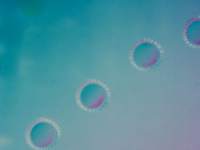
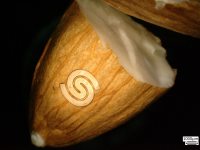

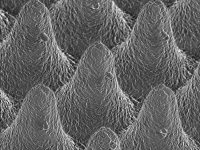
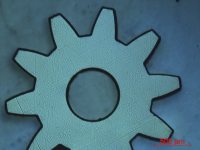
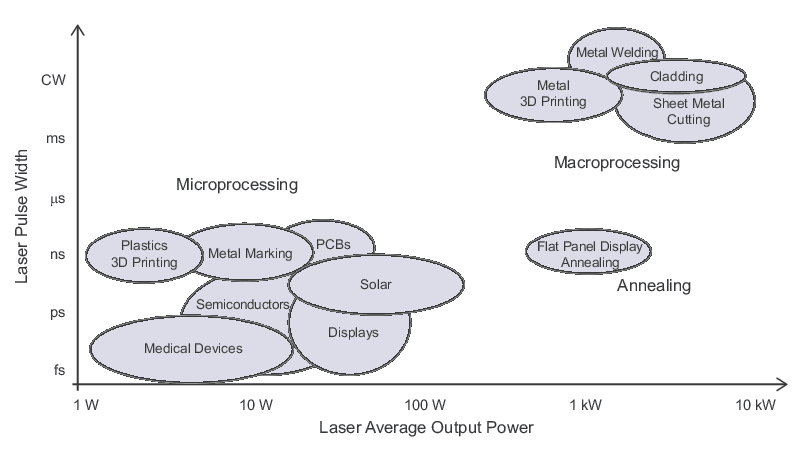
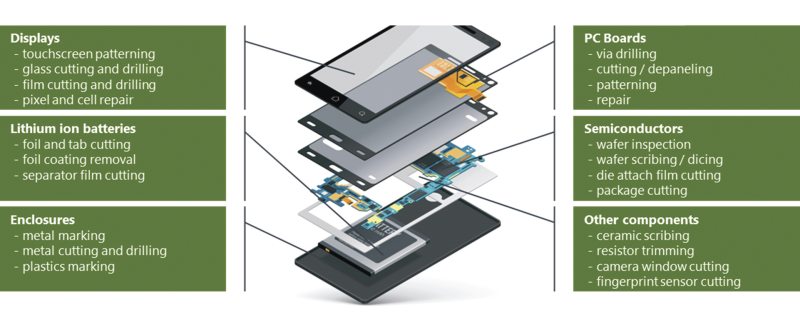

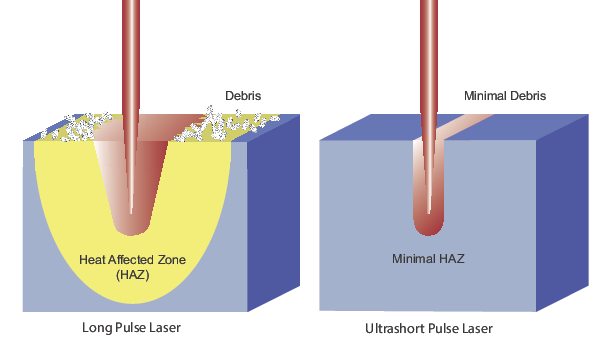
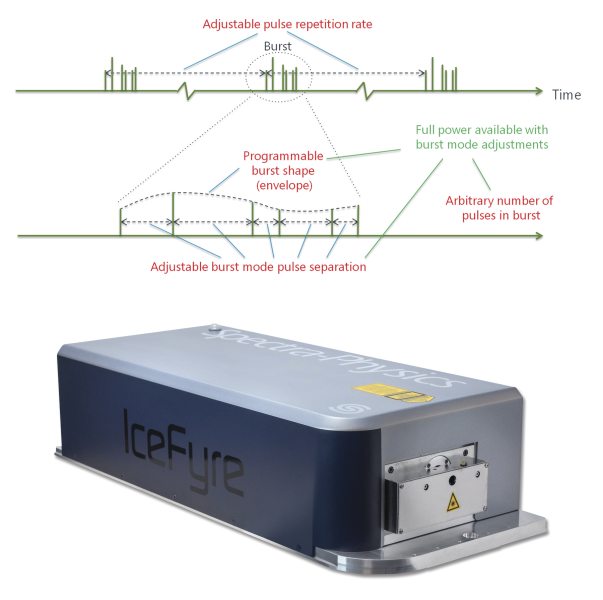
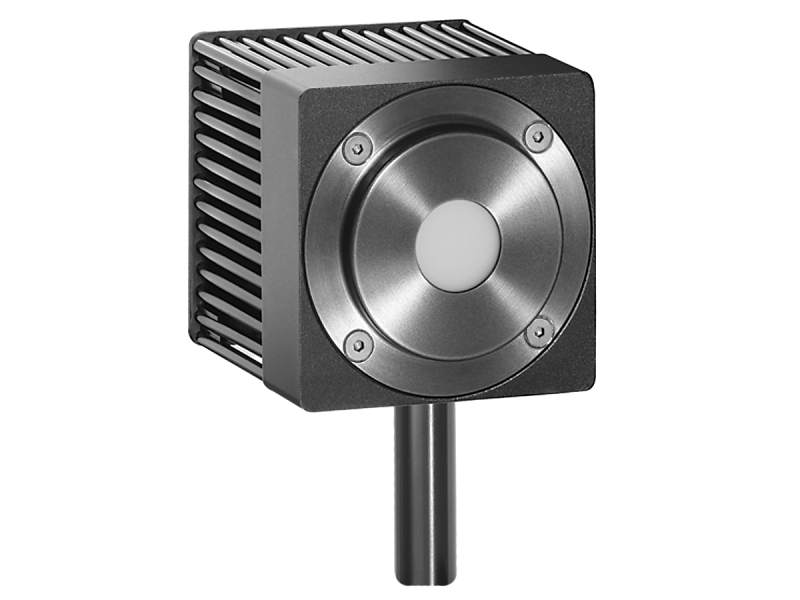

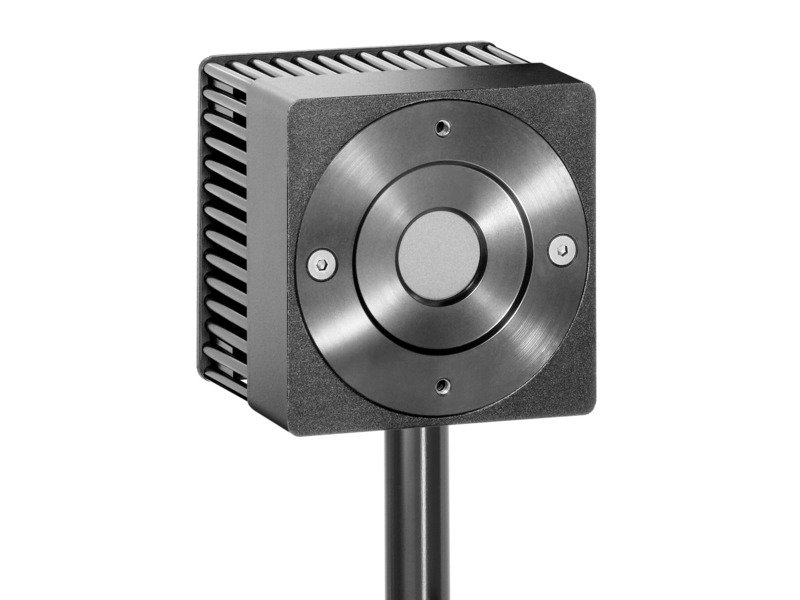

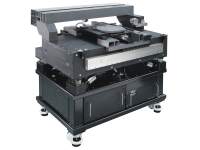
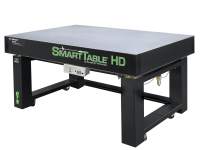
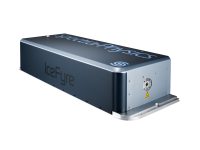
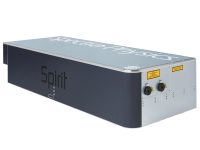
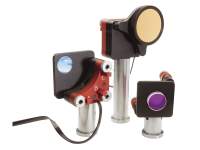
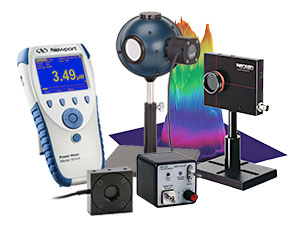
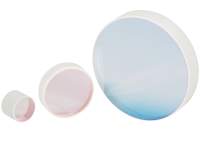
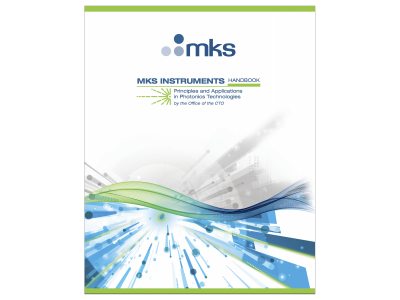
 Ultra-High Velocity
Ultra-High Velocity